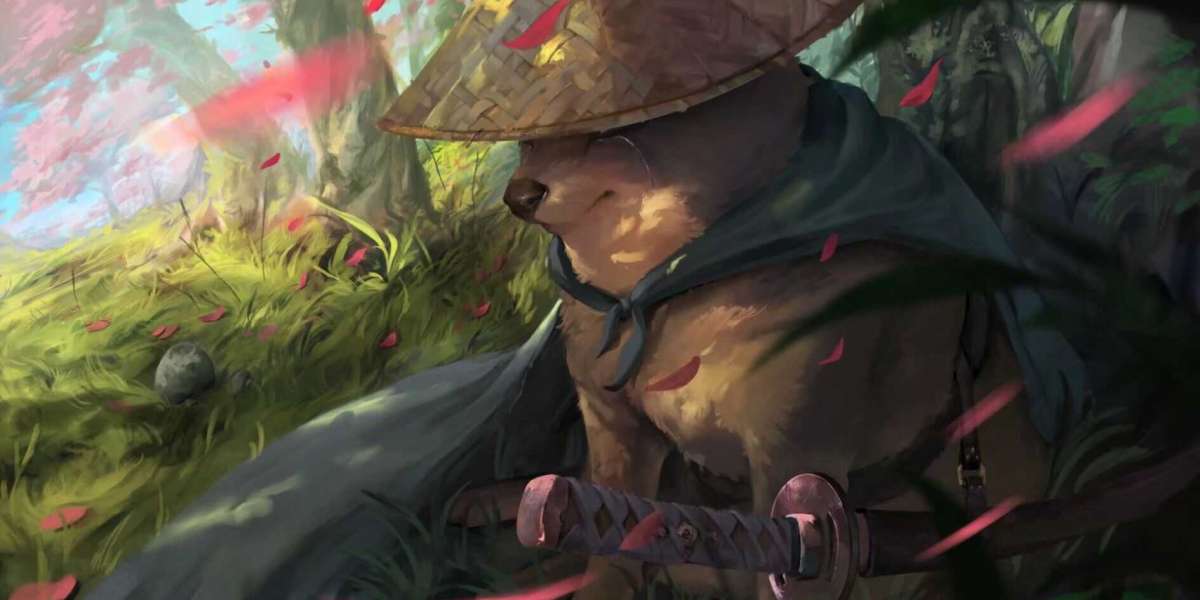Why Millennials are Embracing Moissanite Rings as Perfect Symbol of Love
The Rise of Moissanite Rings
Millennials, the generation born between the early 1980s and the mid-1990s, have been redefining societal norms and challenging traditional ideas. This trend extends to their choices in engagement rings, with an increasing number of millennials embracing moissanite rings as the perfect symbol of love. But what exactly is moissanite and why has it gained such popularity among this generation?
The Allure of Moissanite
Moissanite, a gemstone discovered by Henri Moissan in 1893, is known for its brilliance, fire, and durability. It is composed of silicon carbide and possesses similar optical properties to diamonds. However, moissanite is more affordable than diamonds, making it an attractive option for millennials who value both quality and affordability in their engagement rings.
Furthermore, moissanite is an ethical choice. Unlike diamonds, which often come with a history of conflict and environmental concerns, moissanite is a lab-created gemstone. This means that its production does not contribute to the exploitation of natural resources or human rights violations. Millennials, known for their commitment to sustainability and ethical practices, find moissanite rings align with their values.
Why Millennials Choose Moissanite Rings
Financial Freedom
One of the main reasons millennials are embracing moissanite rings is the financial freedom it offers. As a generation burdened with student loan debt and facing economic challenges, millennials are seeking alternatives to traditional diamond engagement rings that can be prohibitively expensive. Moissanite provides an affordable option without compromising on beauty and quality.
For example, instead of spending several months' salary on a diamond ring, millennials can invest in a stunning moissanite ring and allocate their resources towards other important life goals, such as buying a house or starting a family. Moissanite allows them to express their love and commitment without the financial strain often associated with traditional engagement rings.
Uniqueness and Personal Style
Millennials value individuality and self-expression, and moissanite rings offer a unique and customizable option. With a wide range of shapes, sizes, and settings available, millennials can find a moissanite ring that perfectly reflects their personal style and preferences. Whether they prefer a classic solitaire or a more intricate halo design, moissanite rings allow millennials to showcase their individuality and stand out from the crowd.
Moreover, moissanite's exceptional brilliance and fire make it an eye-catching choice. Its sparkle rivals that of diamonds, making it a captivating symbol of love. Millennials appreciate the attention they receive when wearing a moissanite ring, as it becomes a conversation starter and a reflection of their distinct personality.
The Future of Moissanite Rings
Changing Perceptions
As millennials continue to embrace moissanite rings, the perception of alternative gemstones is shifting. Moissanite is no longer seen as a compromise or a "fake" diamond, but rather as a desirable and legitimate choice. This change in perception is not only driven by financial considerations but also by a growing appreciation for the unique qualities of moissanite.
With advancements in technology, moissanite is becoming even more visually stunning, with improved color and clarity options. As a result, more millennials are opting for moissanite rings, not only for their engagement but also for other special occasions. The versatility and affordability of moissanite make it an attractive choice for millennials who want to celebrate their love without breaking the bank.
In conclusion, moissanite rings have gained popularity among millennials for several reasons. They offer financial freedom, ethical sourcing, and the ability to express personal style. As perceptions shift and moissanite continues to evolve, it is likely that more millennials will embrace this gemstone as the perfect symbol of love.
References:
1. Source 1
2. Source 2
3. Source 3








